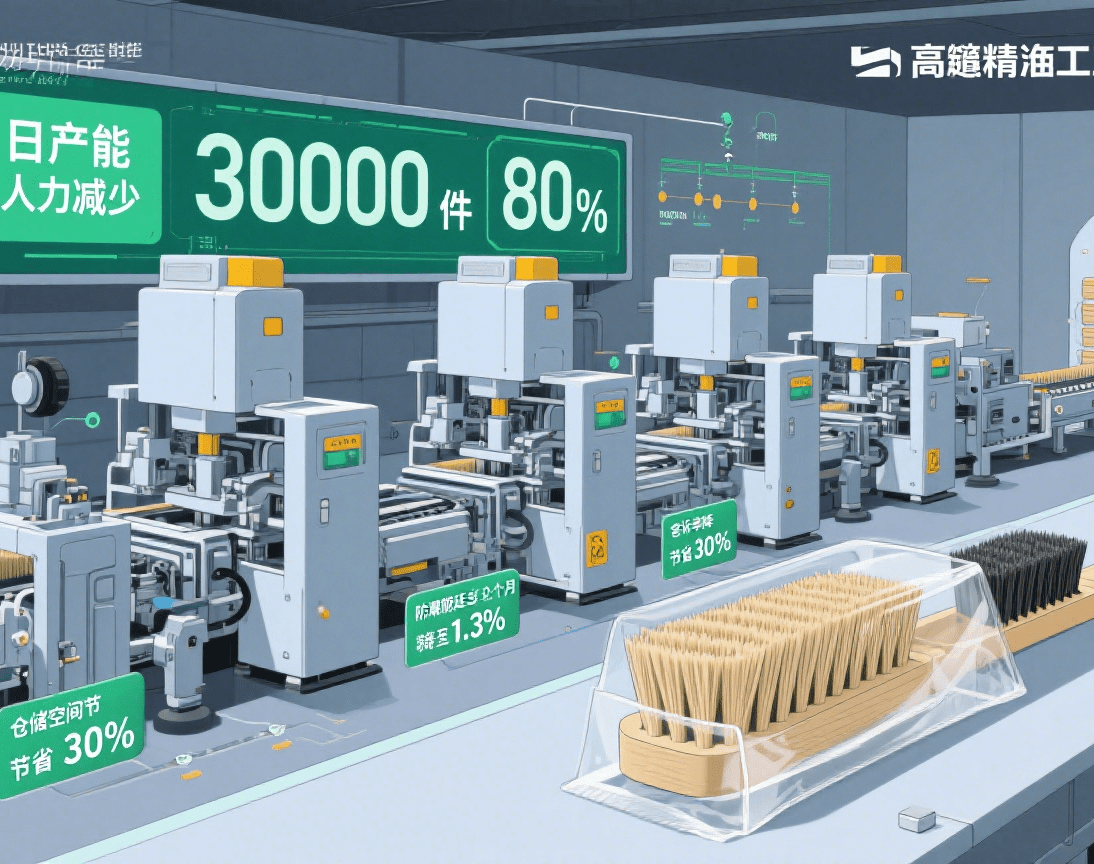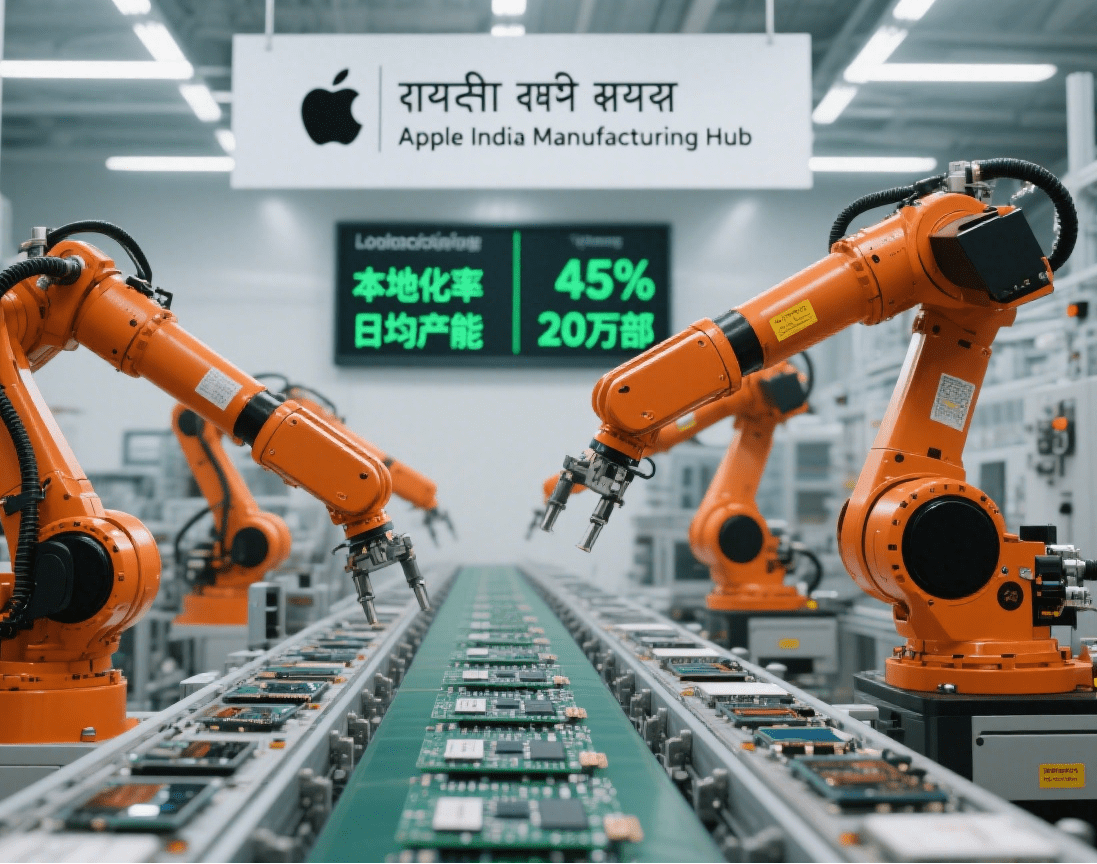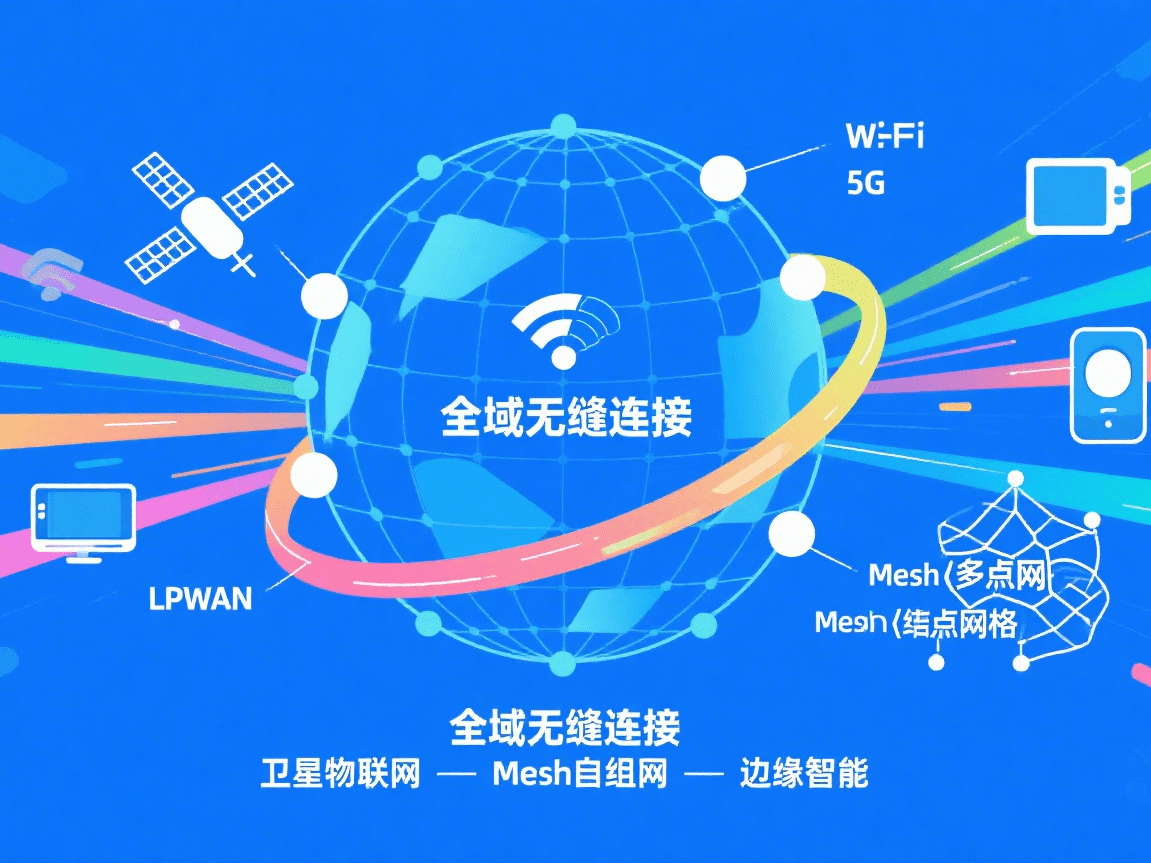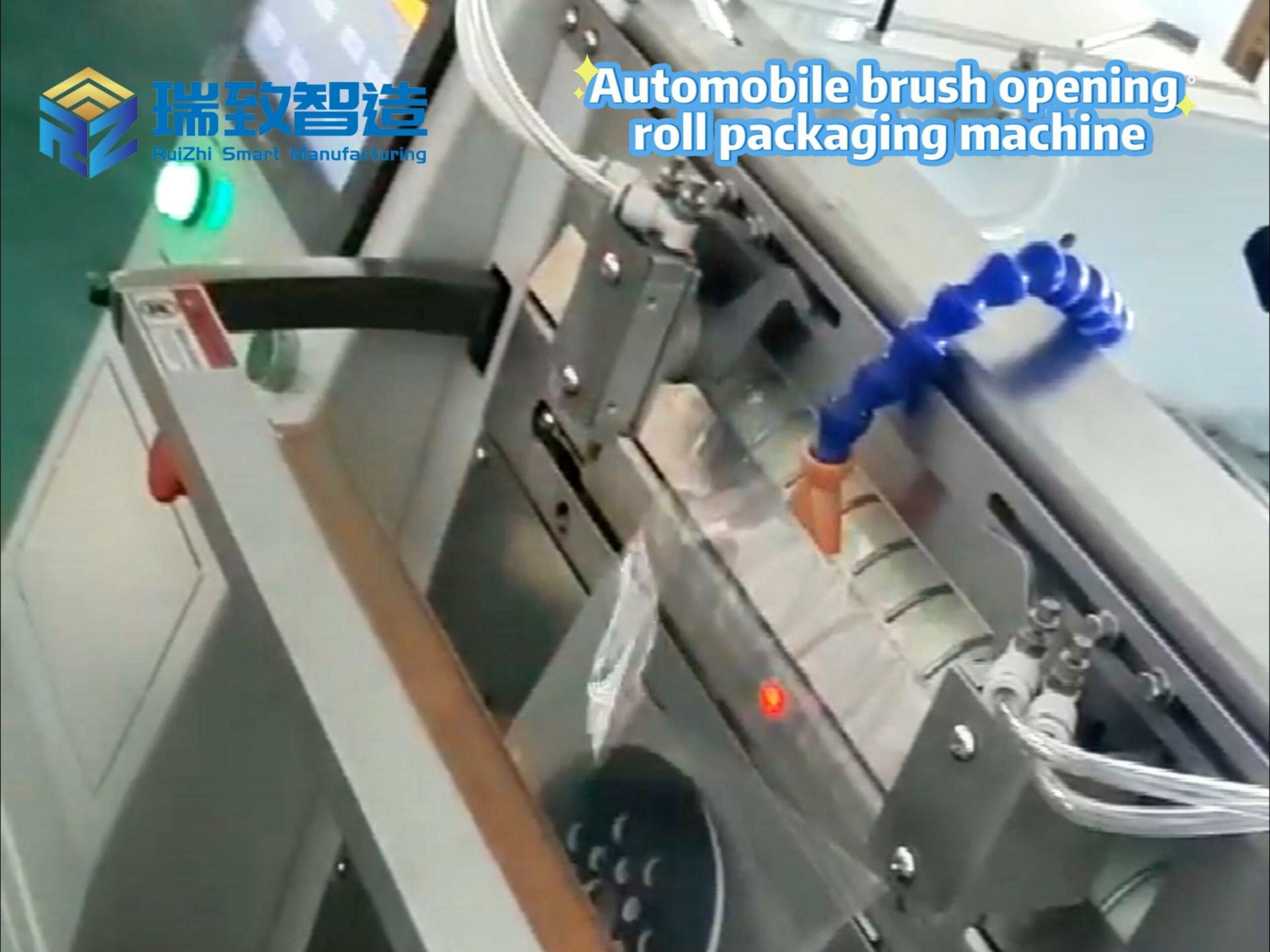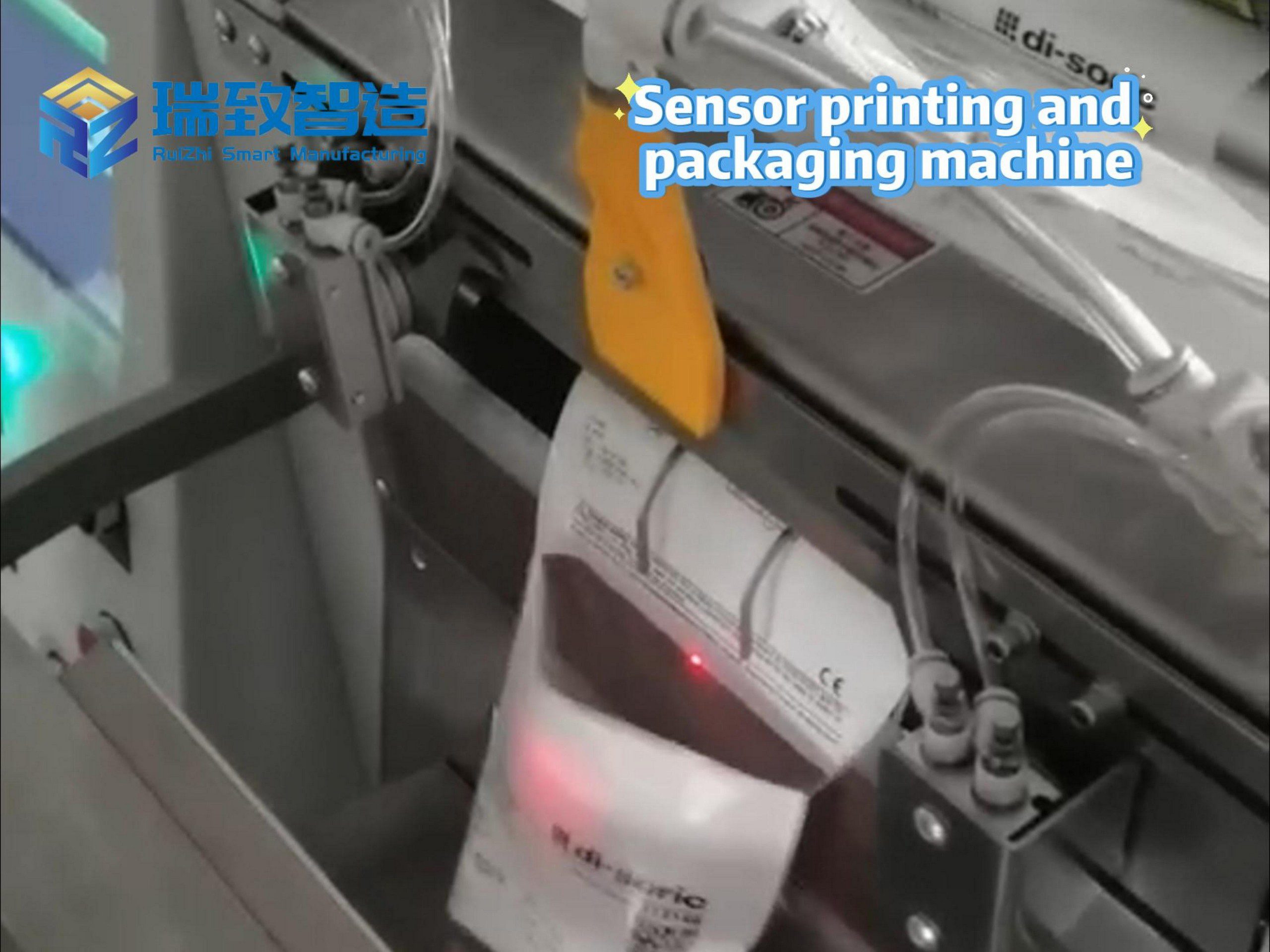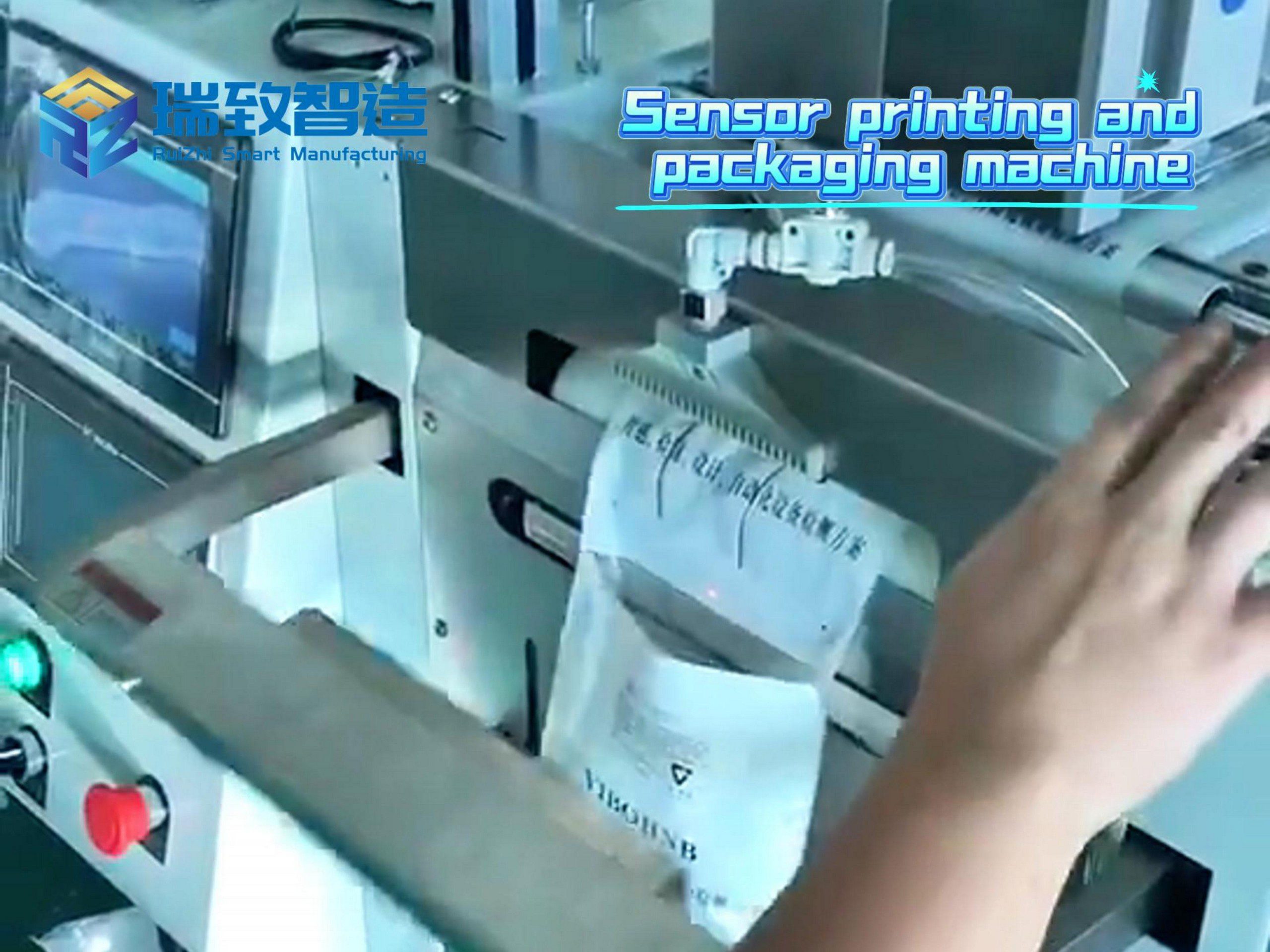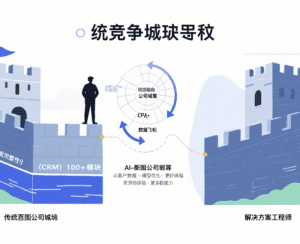
While enterprise software is still evolving around the logic of “process digitalization,” generative AI is tearing open industry gaps in a more radical way. It not only changes the way software is developed—from code generation to function iteration—but also reconstructs the relationship between enterprises and technology: the cost model shifts from fixed subscriptions to dynamic consumption, the competitive barrier changes from “functional completeness” to “AI native capabilities,” and even enterprise data strategies are forced to be redefined. The core of this transformation may not lie in how powerful AI itself is, but in the fact that it is forcing the enterprise software industry to answer a fundamental question: When “intelligence” becomes a basic capability, where exactly does the value of software lie?
Generative AI: The Cost Maze and Enterprises’ Cautious Balance
Enterprises’ large-scale investment in AI first hits the realistic barrier of cost. The consumption-based pricing model seems flexible, but it hides the hidden danger of “inference token consumption”—the cost of a single call for a complex model can be 10 times that of a simple model, and enterprises often find that high-frequency simple problems in daily operations are devouring their budgets after deployment.
“Optimization” has therefore become a mandatory course. Smart enterprises will match different models to different tasks: using lightweight open-source models for customer service Q&A, and only calling proprietary large models for complex data analysis, just like choosing trucks of different tonnages for different goods. However, this requires technical teams to have model tuning capabilities, which is precisely a shortcoming of most enterprises.
A more long-term challenge lies in the explosive growth of computing demand. When AI penetrates from “pilot projects” to the entire processes such as supply chain forecasting, customer service, and R&D design, the energy consumption and computing power requirements of data centers will rise exponentially. This is why enterprises are deepening cooperation with cloud hyperscalers while seeking more efficient model architectures and alternative energy solutions—cost control will eventually become the lifeline for the large-scale implementation of AI.
Model Selection: From “Chasing Novelty” to “Pragmatism”
The logic for enterprises to evaluate AI models is moving away from “parameter-only theory.” Initially, to quickly implement AI applications, enterprises may be willing to pay a premium for proprietary models with better performance, but as model capabilities converge, the “multi-vendor strategy” is gradually becoming mainstream. The practice of a manufacturing enterprise is representative: they use GPT-4 to process complex contract parsing, Llama 3 to generate production reports, and open-source models to handle internal knowledge base retrieval, which not only avoids reliance on a single vendor but also reduces costs through “tiered payment.”
The weight of indicators such as hallucination rate, inference speed, and token cost depends on specific scenarios. The financial industry pays more attention to the hallucination rate (misinformation may trigger compliance risks), while e-commerce customer service values inference speed more (response delay directly affects conversion rates). But in the final analysis, enterprises are becoming more aware: there is no “one-size-fits-all model,” only “model combinations adapted to scenarios.”
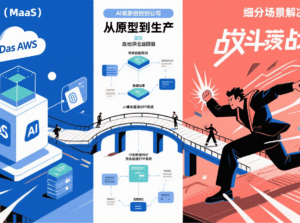
The Wrestling in Enterprise Software: Offensive and Defensive Battles Between Giants and Startups
AI is reconstructing the competitive landscape of enterprise software. On one hand, existing giants are not sitting idle—cloud vendors package computing power, data tools, and AI capabilities through “Model as a Service” (MaaS), while SaaS companies embed AI functions in core products such as CRM and ERP (e.g., Salesforce’s Einstein GPT); on the other hand, AI-native startups are entering from segmented scenarios, challenging traditional players with more flexible architectures.
The key to this contest is not who has a stronger model, but who can better solve the problem of “from prototype to production” implementation. Enterprises need not only AI tools but also a complete set of solutions for data strategy, governance mechanisms, and process reconstruction. For example, in an auto parts factory, an AI-driven enterprise software platform can collect real-time operation data of the Nut automatic assembly machine, analyze the trend of assembly accuracy deviation through pre-trained models, and dynamically adjust equipment parameters to reduce failure rates. Behind this is the deep synergy of data pipelines, model inference, and business systems. Therefore, teams of solution engineers with in-depth industry experience have become crucial—whether it is Palantir’s forward-deployment engineers or cloud vendors’ technical consultants, they are essentially helping enterprises bridge the gap between “technical ideals” and “business reality.”
The Key to the Future: Building Blocks and Ecosystem Collaboration
The further penetration of generative AI depends on more mature “infrastructure building blocks.” Model context protocols (such as Anthropic’s MCP) are simplifying the communication between AI agents and external tools, allowing different systems to be spliced like Lego; breakthroughs in multi-modal models are forcing enterprise data platforms to upgrade to handle mixed inputs such as text, images, and sensor data; and the diversification in the chip field (competition between AMD, Cambricon, etc., and NVIDIA) may break the monopoly of computing power and lower the deployment threshold.
For enterprises, building an AI data center from scratch is not the optimal solution—cooperating with hyperscalers or professional AI cloud service providers (such as CoreWeave) can obtain computing power more efficiently. The real competitiveness will come from the ability to integrate these “building blocks”: how to optimize models with technologies such as fine-tuning and quantization, how to connect business systems with data pipelines, and how to balance innovation and security with governance mechanisms.
Conclusion: AI is Not a Disruptor, but a Reconstructor
The impact of artificial intelligence on enterprise software is essentially a “reset of rules.” It breaks the traditional logic that “the more functions, the more valuable,” making “data-driven” and “scenario adaptation” new competitive dimensions; it blurs the boundary between software and services, making “AI capabilities as a service” a new business model; it also forces enterprises to rethink the ROI of technical investment—not “how many tools are bought,” but “how many problems are solved.”
The winners in the future will not be the companies that understand AI best, but those that understand how to make AI serve business best. When the hustle and bustle fades, the core value of enterprise software will eventually return to its essence: using technology to make business more efficient, and AI is just a means to make this process smarter.


